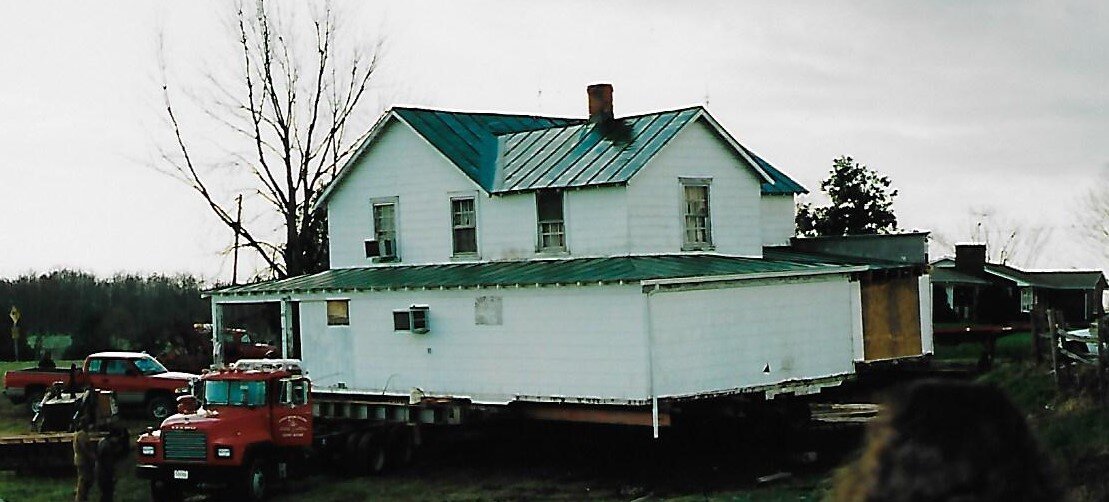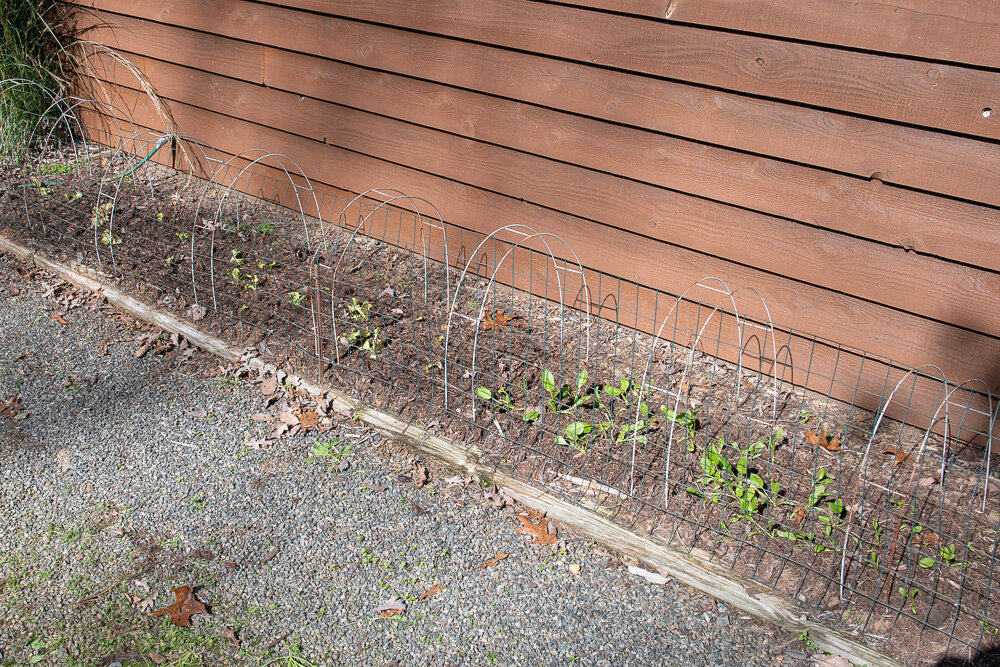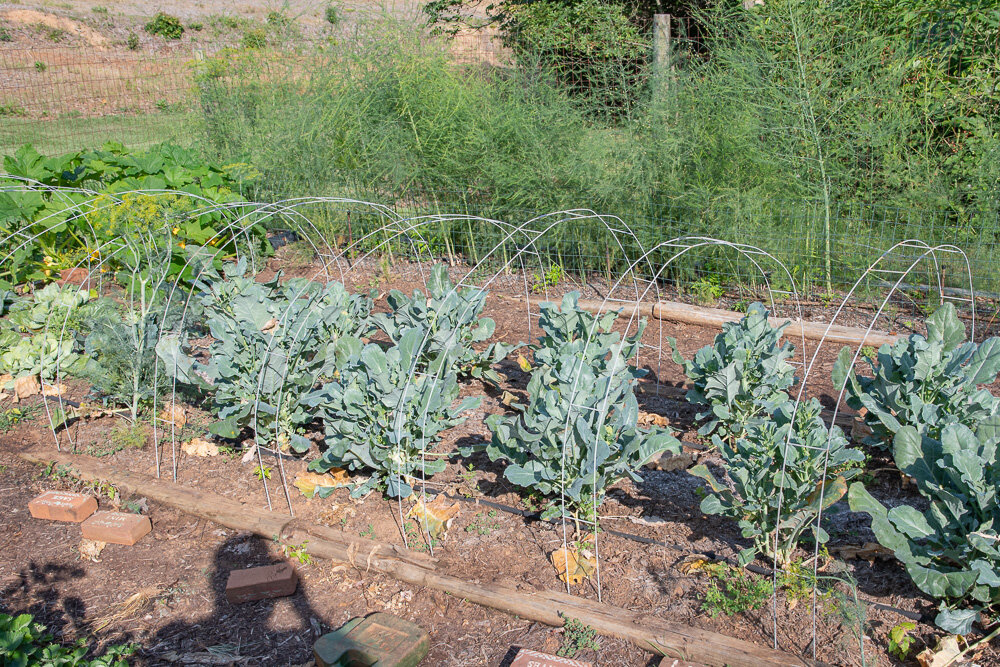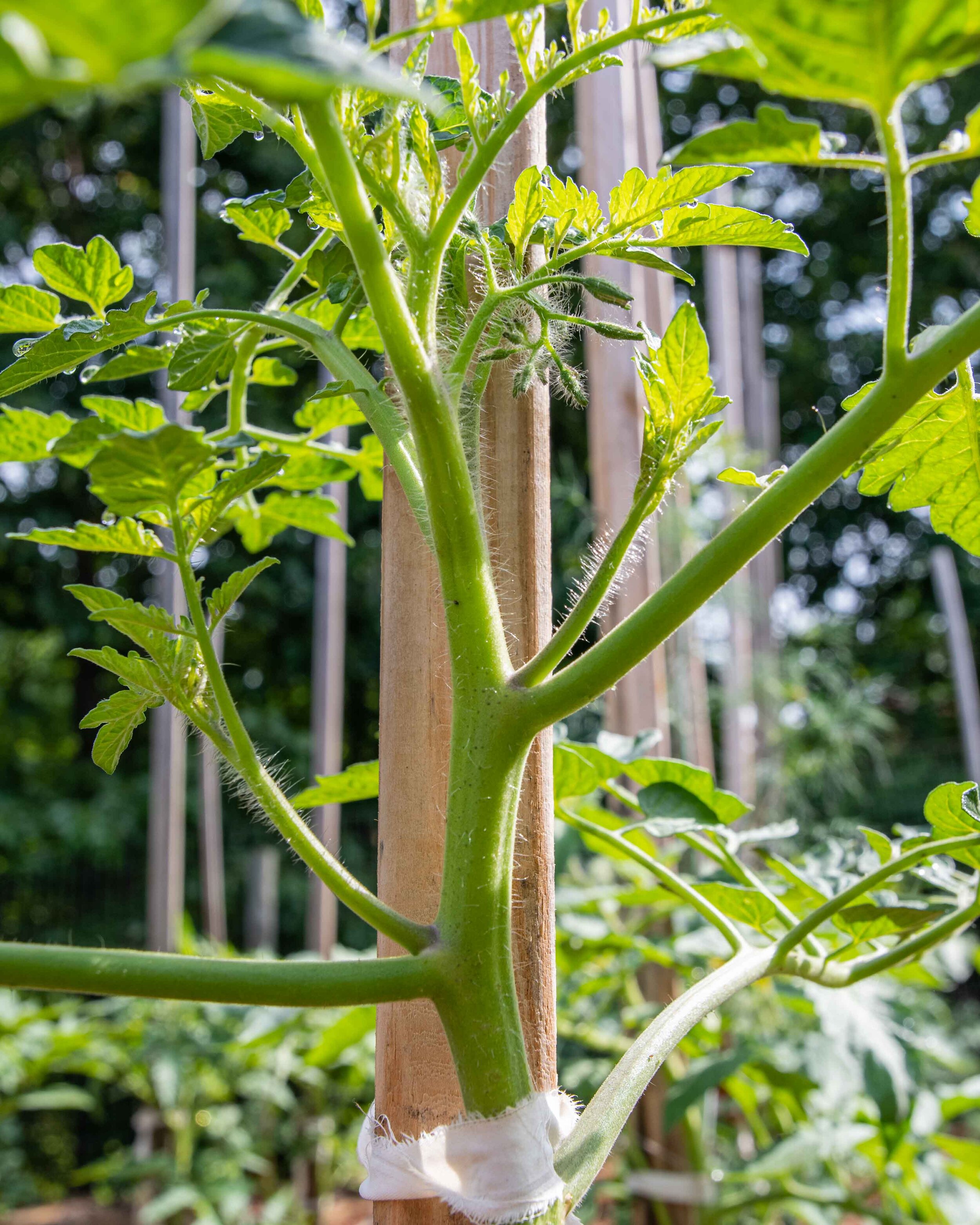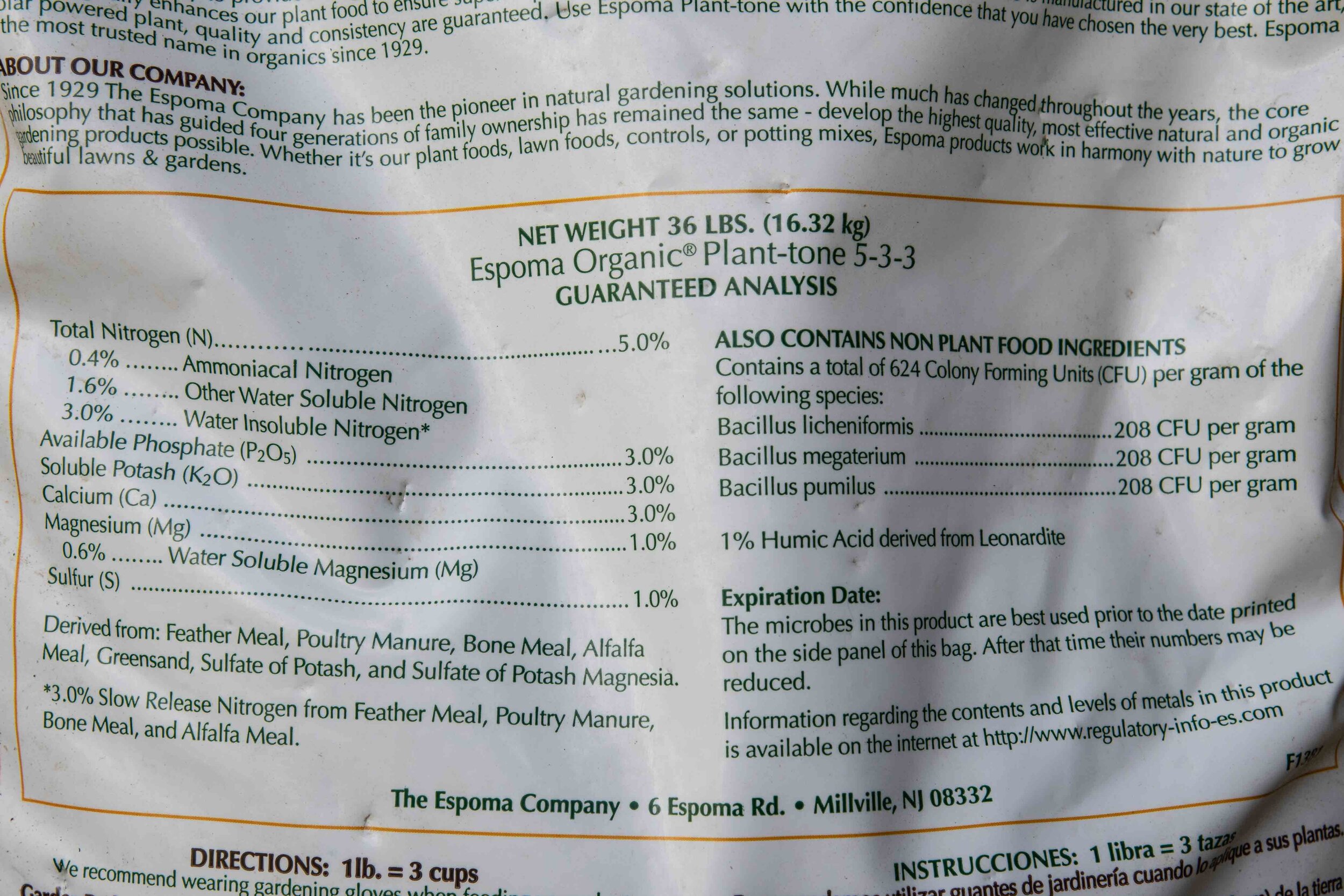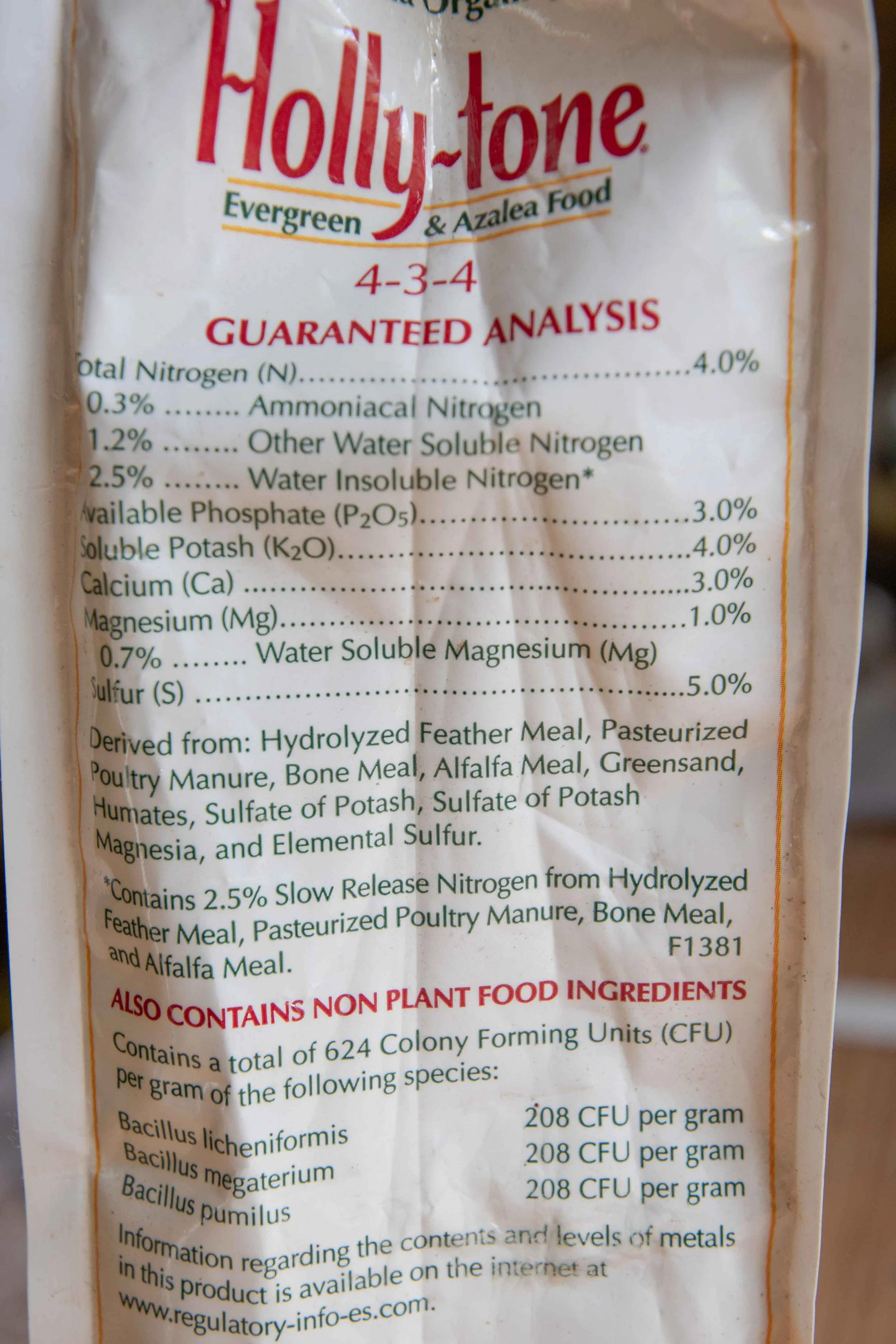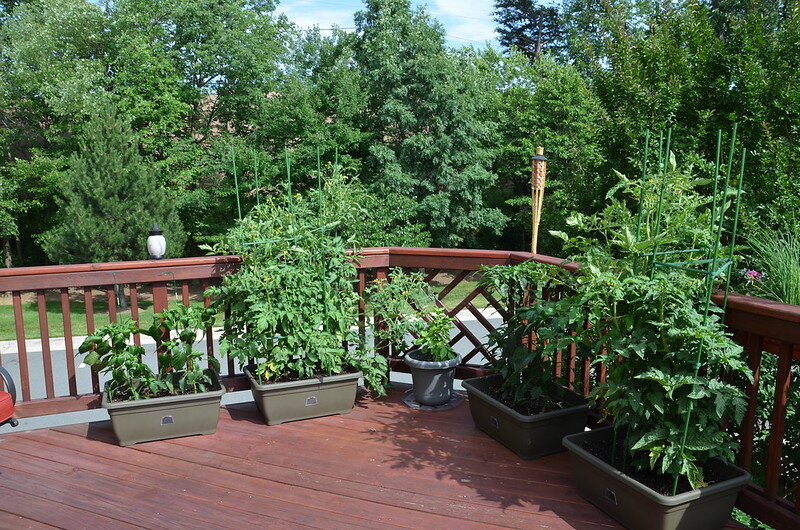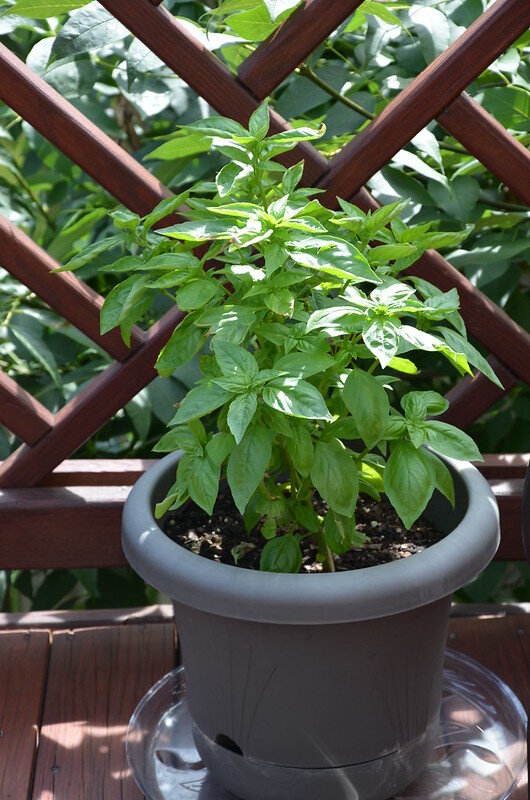by Mark Levisay
March is the time many of us turn our thoughts to gardening as we start to have more sunshine and warmer days. I wanted to review what I’m doing in my garden so that you can follow along in yours.
If you’re starting seeds indoors it’s time to plant pepper seeds, as they take almost 2 weeks to germinate. Tomato seeds germinate faster, so they can wait until the second or third week in March. Many flower seeds can be started indoors for earlier flowering outdoors-check the back of the seed packets to see how many weeks before the last frost to start them. Plan on a week of hardening off, or slowly acclimatizing the young plants to outdoor conditions. For tomatoes and peppers that should be around the first week of May, as our average last frost is 5/10.
If you have started seeds already, some may already need re-potting. I started three types of lettuce seed on 2/2 with the idea that I’d put them out in our new cold frame. The photo shows what one of the six packs looks like after 26 days!
Six pack of lettuce seedlings 26 days after planting.
I re-potted the seedlings into 3” plastic pots (which I cleaned with a 10-1 water/bleach solution) to give them more room to grow.
Lettuce seedlings just transplanted into larger pots. The smallest ones were nearly covered by the larger plants in the six packs.
After just a week of growth under the lights you can see how much bigger the plants have gotten!
Photo taken on 3/7 showing the rapid growth of the re-potted plants.
This week, as the weather warms, I’ll harden off the larger plants and after 4 or 5 days plant them into the cold frame. You’d probably want to wait until early April before planting them directly into the garden as we still have a way to go with frosts and freezes.
If you have any fall lettuce or spinach remaining in your garden or in a covered bed now is the time to fertilize them to promote new growth. We were successful this winter and had both lettuce and spinach grow under a covered bed. Fall spinach grown un-covered also did well and I’ve fertilized all of them in the past week.
It’s time to plant peas, spinach and garlic and onion sets. Pull any weeds you find in your beds, add some all purpose fertilizer and then plant your seeds according to the instructions on the back. This is a good time of year to re-discover the Virginia Cooperative Extension website ext.vt.edu. They have lots of information about growing many vegetables and a helpful chart that shows when to plant based on your area’s average last frost.
Out in the flower garden my wife is busy cutting back perennials whose growth from last year has died back. It’s a good idea to clean out the beds of last year’s growth and fallen leaves and apply a new coat of mulch around the plants. February is usually a good time to prune deciduous shrubs and trees, but you can still prune plants that need it. The sooner the better, as many plants will start moving the sap up into the branches as the days warm and you want any cuts you make to heal before that occurs.
You’ll probably notice that the lawn is starting to green up, so there are several things you can do now to help the grass grow. Thatching and aerating can be done now, and I’ve purchased pelletized lime that I’m going to spread later in the week before it rains. Many people have professions do the thatching and aerating, but just a vigorous raking session with your leaf rake will get up a lot of the old dead growth and allow for better growth this spring. If you plan to use a preventative weed killer for crabgrass, that should be applied around the time that the forsythias are blooming. Fertilizing is really best in fall, but if you have problem areas you can do some fertilizing in spring. It’s probably best to wait until April for that, as we’ll still see some cold weather before the month of March is finished.
Any questions, e-mail me at marklevisay@gmail.com Happy spring!











